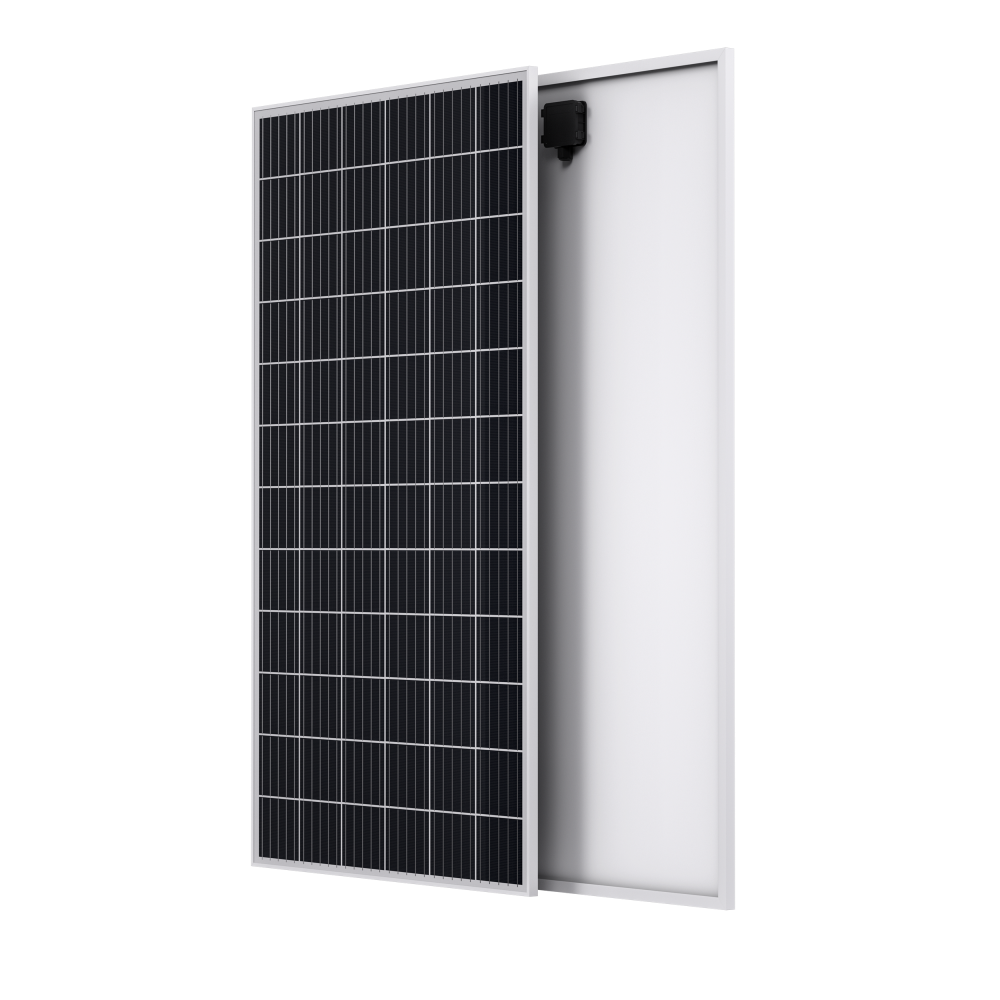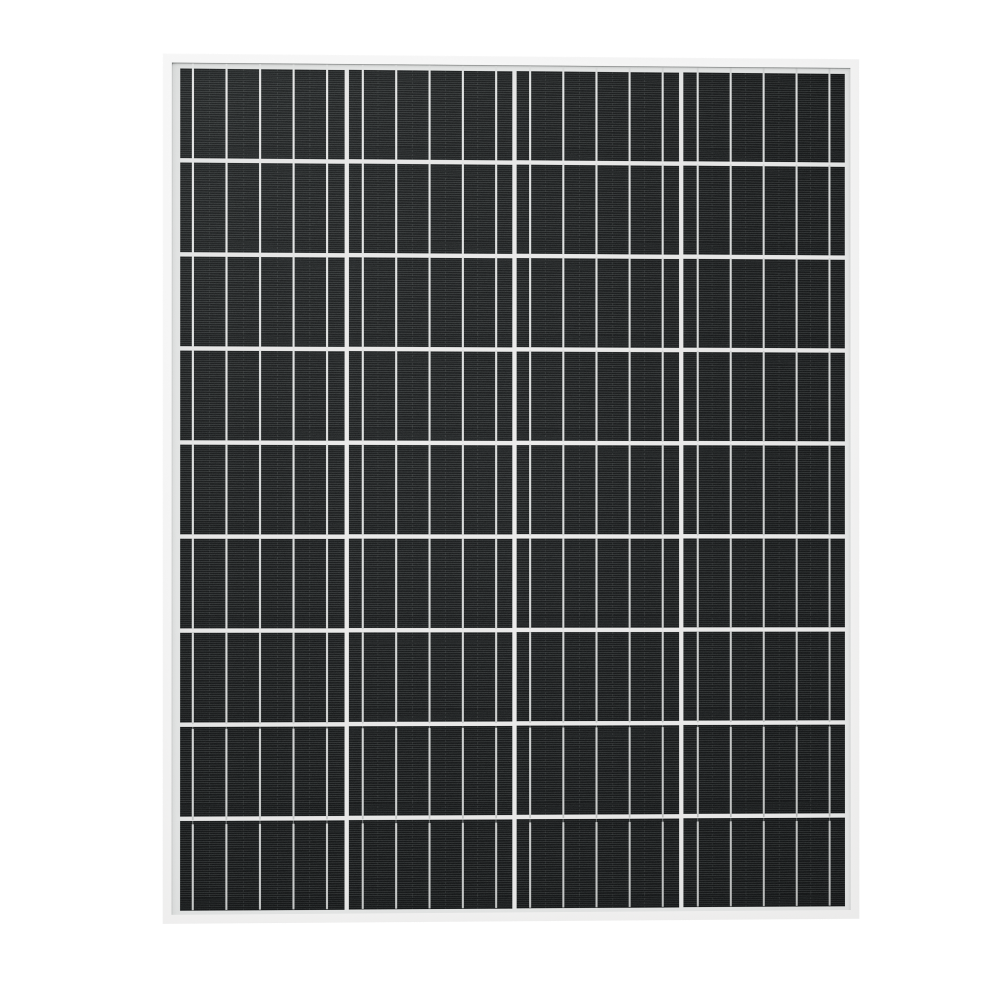Introduction: In a world moving towards renewable energy solutions, DIY solar battery banks stand out as a powerful combination of sustainability and self-sufficiency. These innovative setups allow you to capture the sun's energy and store it for later use, providing a reliable source of power. In this guide, we'll explore the essential aspects of creating a DIY solar battery bank, including designing its size and capacity, choosing the right batteries, connecting solar panels, and the exciting potential for off-grid living.
Designing Size and Capacity for Your Needs
The size and capacity of your DIY solar battery bank depend on your energy consumption, usage patterns, and desired backup duration. Start by calculating your daily energy needs in watt-hours (Wh) and then determine how many days of backup power you want. Multiply your daily energy consumption by the backup days to find the total energy storage required in watt-hours. This calculation will guide you in selecting the appropriate battery capacity to meet your needs.
Suitable Battery Types for DIY Solar Battery Banks
When it comes to batteries for DIY solar battery banks, two popular options are lead-acid batteries and lithium-ion batteries. Lead-acid batteries, including AGM and gel types, are affordable but have a limited depth of discharge and shorter lifespan. Lithium-ion batteries, on the other hand, offer higher energy density, longer lifespan, and better depth of discharge, making them a favorite for sustainable energy storage.
There are several models of solar battery banks available at Keshee:
Connecting Solar Panels to Your DIY Solar Battery Bank
To connect solar panels to your DIY solar battery bank, you'll need a charge controller. This device regulates the flow of energy from the solar panels to the batteries, preventing overcharging and optimizing charging efficiency. Connect the solar panels to the charge controller, which is then connected to the battery bank. The charge controller ensures that your batteries receive the right amount of energy while safeguarding them from damage.
Using a DIY Solar Battery Bank for Off-Grid Living
The allure of off-grid living powered by a DIY solar battery bank is undeniable. By properly sizing your system, you can create a sustainable energy source that powers your essential appliances, lighting, and even heating or cooling systems. Off-grid setups require careful planning, including accounting for energy demands, seasonal variations, and backup power for cloudy days. With meticulous design and the right battery technology, you can enjoy the freedom and resilience that off-grid living offers.
Conclusion
Crafting your DIY solar battery bank not only reduces your carbon footprint but also empowers you with energy independence. Designing the size and capacity to match your needs, selecting suitable battery types, and expertly connecting solar panels are the pillars of a successful DIY project. The allure of potentially achieving off-grid living through your solar battery bank is a testament to the growing possibilities of sustainable energy solutions. As you embark on this journey, you'll be joining a community of forward-thinkers shaping a greener, more resilient future powered by the sun's boundless energy.



